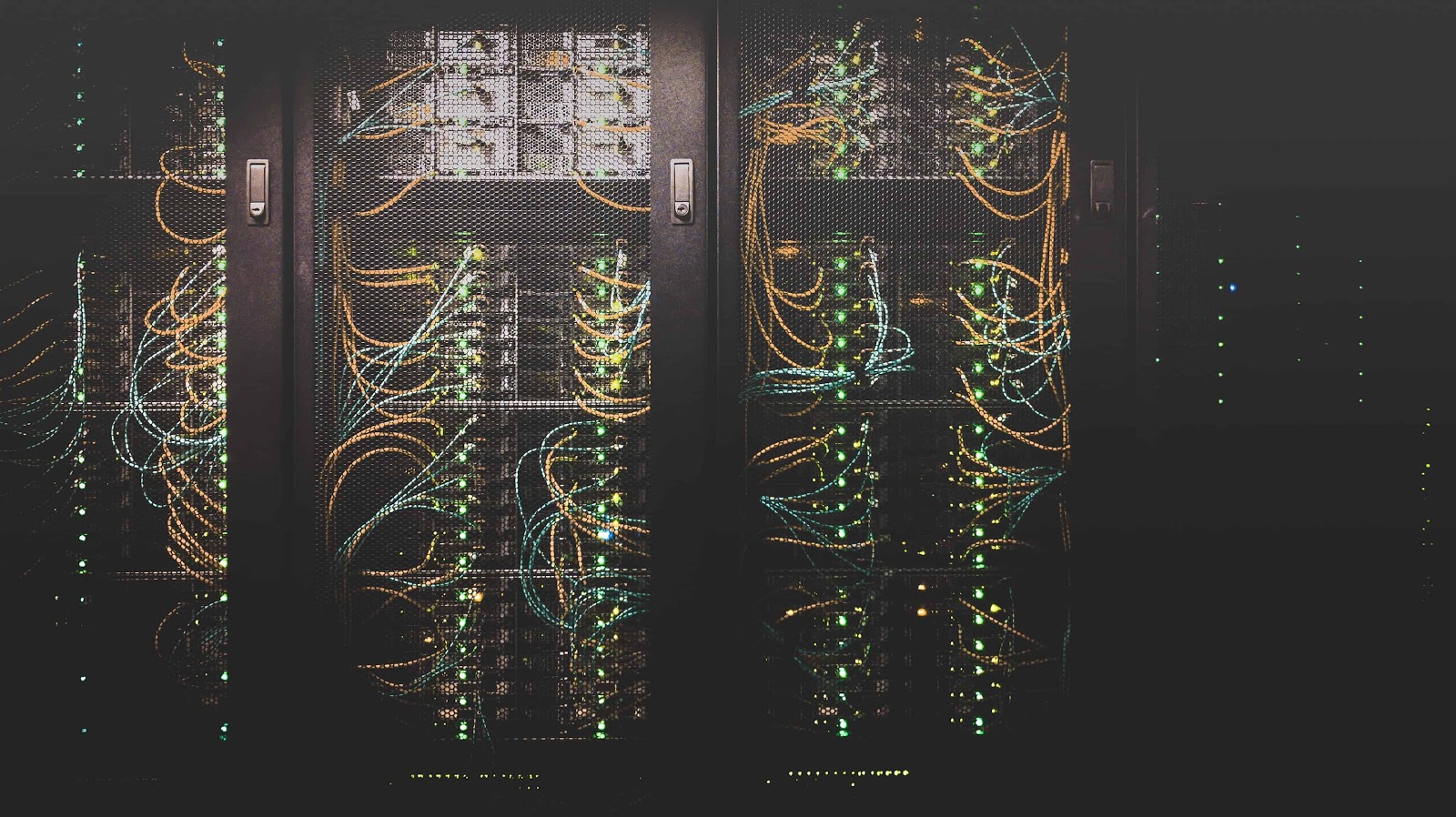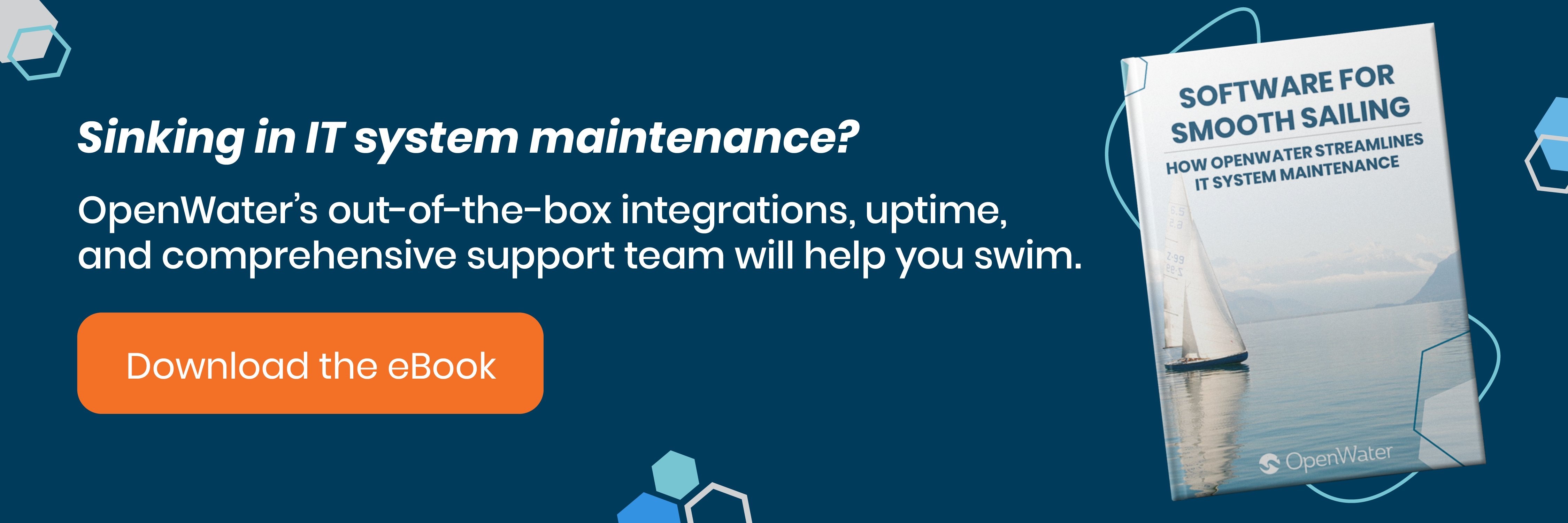
The Human Touch: Maintaining User Databases in the Automation Age
If you’ve ever run multiple environments across DEV, UAT, and PROD, you know firsthand how complex maintaining your user databases can be. Perhaps you need to make updates behind the scenes of an application that depends on multiple sources of data (but still needs to stay highly available to meet your SLA). You just won’t be able to implement the same quick, easy structural changes in the PROD environment that you did in UAT or DEV.
In the old days, troubleshooting these issues and testing changes in the sandbox before pushing them into the live production environment was the stuff of nightmares. These days, database automation has smoothed over many of the manual tasks and potential human errors in patch deployment.
Oracle, for instance, offers maintenance windows for automated cleanup tasks and the collection of analytics. Microsoft Azure launched its automated cloud database-as-a-service in 2010, which radically changed the rules of the game. Automated databases now give us self-updating procedures and other unattended tasks or administrative processes that take some of the coding, patching, and recovery burden off of your IT staff.
Even Automated User Databases Need a Human Touch
So, where do the people fit in, when automated processes handle a lot of the coding and testing required for user database maintenance?
We Build Bridges With APIs
Even in the age of automation, a human has to maintain the automatons. The role of IT has largely shifted into managing the API integrations and automated solutions that handle the grunt work of connecting, compiling, and transferring data. Bi-directional database synchronization is a great example of a way that API push backs save time.
APIs have taken center stage in software and user database design—the more APIs come pre-packaged with an application, the less jury-rigged solutions you’ll need to build between systems. This is (in part) a byproduct of the movement within technology towards “microservices.”
Rather than giant, self-contained systems that handle everything in one environment, each function is often broken down into individual applications that are then integrated via API. If one element fails, the system as a whole doesn’t collapse.
As a result, companies make it a priority to demonstrate a comprehensive suite of integrations and APIs for their applications and user databases (like we’ve done with our expanding list of integrations for OpenWater).
Maintenance Is Handled on the Cloud
Cloud-based user databases like Azure are simple to access and maintain from anywhere. One convenience of the SaaS movement is that it shifts a lot of the corrective burden off the plate of your in-house team.
Your cloud-service application’s support team can handle a lot of the troubleshooting, health, and maintenance for you. At OpenWater, we also use our support team to set up your APIs on our end, so that you don’t need an in-house developer to handle the coding required to hook up these automated tools.
The cloud also makes it far less likely that you’ll suffer significant data losses due to local system failures, security breaches, or gaps in user uptime. You can easily hand off sensitive data concerns to experts by processing payment data through a secure third party gateway, for instance.
Users Can Do More Themselves
As systems continue to grow more automated, features more nuanced, and UIs more user-friendly, data management is no longer the sole responsibility of IT. Front-end data maintenance is much more accessible than it used to be, which reduces troubleshooting time and service calls. Data dashboards, data APIs, and custom report functions help users access and update their own data.
Our OpenWater software, for example, features a robust REST API mechanism that can manage the entire lifecycle of an awards program via API and create outputs in formats that are convenient for users.
In the end, user database automation streamlines your workflow and makes it easier to juggle multiple systems around an AMS or CRM—but it still takes a human touch.

